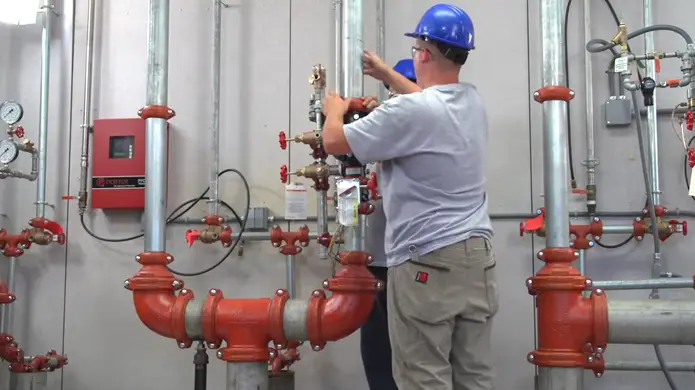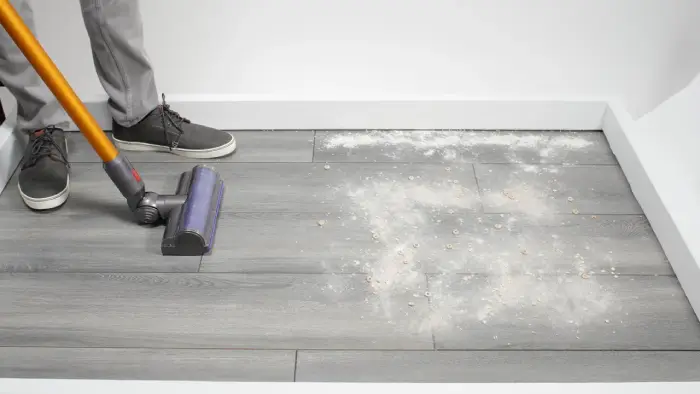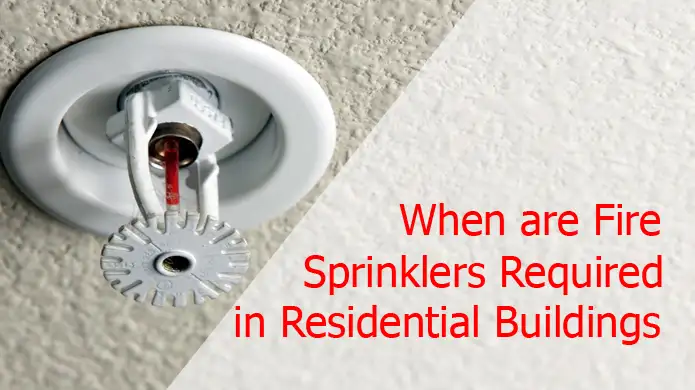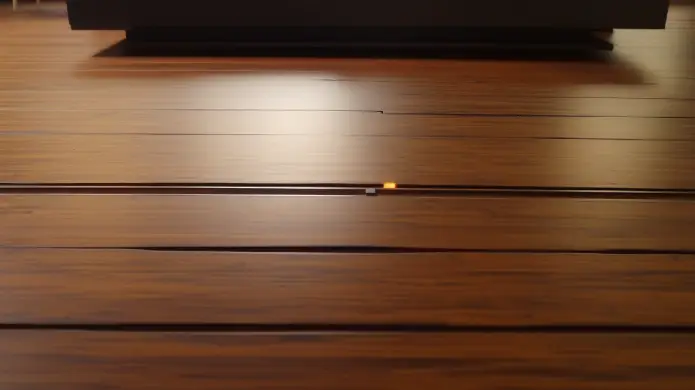How to Remove Fire Sprinkler Valve Lock: 7 Tricks [Simple]
You’re in the middle of a fire drill and realize that you can’t get the fire sprinkler valve open. This can be a real emergency situation since the lack of water from the broken sprinkler could cause extensive damage.
A fire sprinkler valve is used to control the release of water in case of fire. The valve is usually locked to prevent the accidental or unauthorized release of water. And now you’re thinking to yourself, how to remove the fire sprinkler valve lock without the key?
There are a few ways that you can remove the locked fire sprinkler valve without the key. But to do this, you must keep calm and use the right tools and techniques. Let’s talk about a few ways to remove the sprinkler valve lock.
How to Remove Fire Sprinkler Valve Lock: 7 Methods
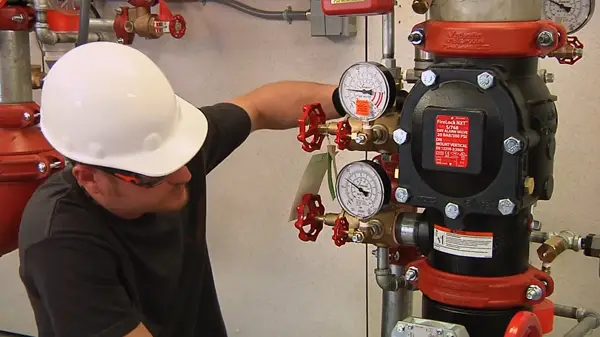
Whenever fire sprinklers are installed in a building, they come with a locking part that is placed over the valve. This locking part is important as it helps to prevent anyone from opening the valve and releasing water when there is no fire.
There are times when the key to the lock gets lost or misplaced, and you need to open the valve without it. Here are a few ways to do this:
Use a Hammer and a Screwdriver
To remove a fire sprinkler valve lock with a hammer and screwdriver, you will need to start by inserting the screwdriver into the hole on the side of the lock.
Once the screwdriver is in place, you will need to apply pressure to the top of the lock while simultaneously striking the bottom of the handle with the hammer. This will cause the pin inside the lock to be released, allowing you to remove the lock from the sprinkler valve.
If you are having difficulty releasing the pin, you may need to use a punch or another type of tool to strike the bottom of the handle. Once you have removed the lock, you can access the sprinkler valve and make any necessary repairs or adjustments.
Use a Plier and Thick Wire
Another way to remove the fire sprinkler valve lock is to use a plier and thick wire. This method may take a little longer than the first one, but it is just as effective.
You’ll need to find a pair of pliers that can fit around the lock. Then, the pliers carefully bend the wire into a small loop. Next, insert the looped end of the wire into the keyhole and push it down as far as it will go. Lastly, the pliers twist the wire until the lock pops off.
Use a Universal Sprinkler Wrench

A universal wrench is a useful tool that can be used to remove a variety of different types of fire sprinkler valve locks.
The first step is to identify the type of lock you need to remove. Once you have identified the lock, you must find the appropriate size wrench for the job. The next step is to insert the wrench into the lock and turn it counterclockwise until it comes loose.
If you have difficulty removing the lock, you may need to use an impact driver or other power tool to loosen it. Once the lock has been removed, you can remove the sprinkler valve by unscrewing it from the pipe.
Use a Lockpicking Tool
You may also need to use a lockpicking tool to remove the lock from the valve.
The first step is to insert the tension wrench into the bottom of the keyway. This tool is used to apply torque to the cylinder. Next, insert the pick into the keyway and apply pressure to the pins. Once all the pins are set, you can turn the handle and open the valve.
Use a Drill
Begin by attaching the appropriate drill bit to the tool. Next, locate the screws that hold the lock in place. The number and location of screws may vary depending on the model of the sprinkler valve system.
Once you have located the screws, insert the drill bit into the head of each screw and turn the drill tool clockwise until the screw is loosened. Once all of the screws have been removed, the lock can be lifted off of the valve. Last but not least, reattach all loose parts and test the sprinkler system.
Use a Hacksaw
A hacksaw is an effective tool if you need to remove the lock on a fire sprinkler valve. But with this method, you must be careful not to damage the valve.
First, use a hacksaw to ensure that the blade is installed correctly in the frame. The teeth of the blade should point away from the handle. Next, position the hacksaw blade against the side of the lock and apply firm pressure. Lastly, saw back and forth until you had cut through the metal.
Once you have cut through the lock, you can remove it by unscrewing it from the valve. Be sure to dispose of the lock properly so it cannot be reused.
Call the Fire Department
According to the National Fire Protection Association, fire sprinkler systems are required in all new commercial and residential buildings. These systems are designed to detect and extinguish fires, preventing them from spreading.
Sometimes, it may be necessary to call the fire department to remove a fire sprinkler valve lock. This is typically done when the sprinkler protection system needs to be serviced or repaired. To call the fire department, you must provide your address and the building sprinkler recall information.
The dispatcher will send a truck to your location with the necessary tools to remove the lock. In most cases, you will not need to be present for the removal, but you may be asked to provide access to the building. Once the lock is removed, the fire department will test the sprinkler system to ensure it works properly.
How Do You Release a Sprinkler Valve?
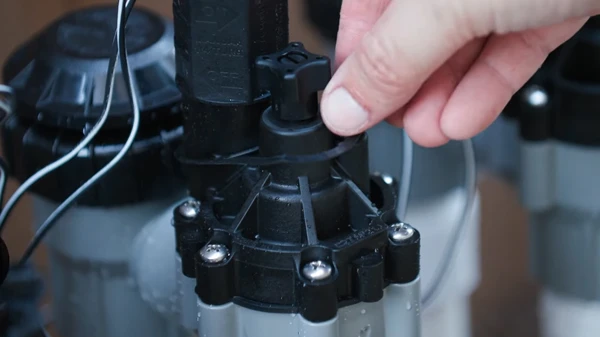
Locate the valve:
In most homes, the sprinkler system’s shut-off valve is located in the basement near the water heater or a utility closet.
Turn off the power to the sprinkler system:
An underground electrical line powers most sprinkler systems. To avoid getting shocked, you’ll need to turn off the power at the breaker box before proceeding.
Find the valve handle:
Once you’ve located the valve, you should see a handle that can be turned to open or close the valve.
Open the valve slowly:
To avoid damaging the sprinkler system, you’ll want to open the valve slowly and gradually increase the water flow.
Test the sprinklers:
Once the valve is fully open, you can test the sprinklers by turning on the power to the system and activating a zone.
Close the valve when finished:
When you’re finished using the sprinklers, turn off the power to the system and close the valve.
How Do Fire Sprinkler Valves Work?
When a fire starts, the flame’s heat activates a switch on the fire sprinkler valve. This switch opens the valve and allows sprinkler water to flow. The water pressure in the system then forces the water through the sprinkler heads, which are located throughout the building.
The sprinkler heads are designed to open when they reach a certain temperature, typically between 155 and 165 degrees Fahrenheit. When the heads open, the water is released and extinguishes the fire.
In most cases, only the sprinkler heads closest to the fire will activate. This helps to minimize damage to the building and its contents.
What Are the Different Types of Fire Sprinkler Valves?

There are four fire sprinkler valves: alarm check valve, swing check valve, grooved check valve, and grooved shotgun riser check valve.
Each of these valves has the same purpose: to allow water to flow into the sprinkler system when triggered and to prevent water from flowing out when it’s not. Each type of valve has its own unique features that make it well-suited for different jobs.
Alarm Check Valve
Alarm check valves are one of the essential parts of a fire sprinkler system. These valves are designed to detect an increase in water flow compared to a single sprinkler. When this happens, the valve will actuate a fire alarm. This helps to notify authorities and allows them to respond quickly to the fire.
These fire sprinkler valves are typically installed in the main supply line to a wet pipe sprinkler system. This allows them to provide an early warning in the event of a fire. In many cases, alarm check valves can help prevent property damage and save lives.
Swing Check Valve
Its function is to allow water to flow in one direction and to prevent backflow. This is achieved by a disc that swings on a hinge. When water pressure is sufficient, the disc opens and allows fluid to flow through.
And when the water pressure decreases, the disc closes and prevents backflow. This important safety feature ensures that water flows only in the intended direction and helps to prevent damage to the fire sprinkler system.
Grooved Check Valve
This valve is also a vital component of the fire sprinkler system. Its primary purpose is to allow water to flow one way and prevent it from flowing back. This is accomplished by a series of grooves on the interior of the valve that opens when water flows in the forward direction.
When the water flow reverses, the grooves close, preventing the water from flowing back. This helps to protect the pump or piping system from damage that can be caused by reverse flow.
And the grooves help to provide a tight seal that prevents leaks. This is an important safety feature, ensuring that water will only flow in the intended direction.
Without a properly functioning check valve, the fire sprinkler system would be less effective and could pose a serious safety hazard.
Grooved Shotgun Riser Check Valve
Its primary purpose is to ensure that water flows correctly through the system. In particular, it prevents water from flowing back into the fire department connection, bypass connection, gravity pressure tank, or pump discharge connection.
This ensures that the system can properly fight a fire. The valve is also designed to withstand high pressures, allowing it to maintain a proper water flow even during a major fire. So, the grooved shotgun riser check valve is an essential part of any fire sprinkler system.
How Do You Manually Turn Off a Fire Sprinkler Valve?
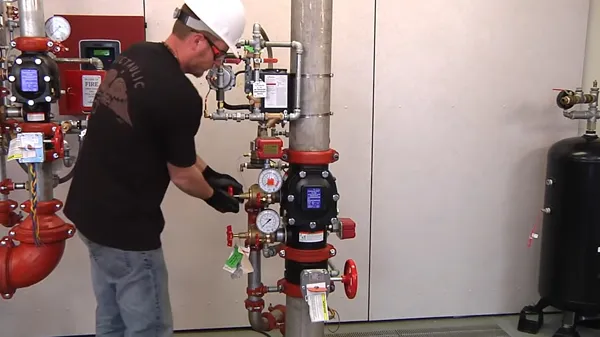
There may be times when it is necessary to turn off the fire sprinkler valve manually. For example, if a fire sprinkler head becomes damaged, it may need to be replaced. Or, if a renovation project requires working near the sprinkler system, the water will need to be turned off to avoid flooding.
To manually shut off a fire sprinkler valve, locate the affected area’s shut-off valve. In most cases, this will be located in the basement or a utility room. Once you have located the shut-off valve, use a wrench to turn it clockwise until it is fully closed.
Once the shut-off valve is closed, the water flow to the fire sprinklers will be halted. It is important to note that each fire sprinkler head needs to be turned off separately. Shutting off the main valve will not deactivate the sprinklers themselves.
Therefore, if there is an active fire, it is essential to shut off the individual sprinklers before turning off the main valve. Otherwise, the fire could spread unchecked.
What Causes a Fire Sprinkler Valve to Not Turn On?
Fire sprinkler valves can malfunction for various reasons, such as a power failure, a broken water line, or a clogged filter. In most cases, the problem can be quickly resolved, and the valve will be operational again.
If the issue is not corrected on time, it could result in serious damage to property or even loss of life. Therefore, it is essential to have a working knowledge of how to troubleshoot fire sprinkler valves to ensure that they are functioning properly at all times.
Should Fire Sprinkler Valves Be Open or Closed?
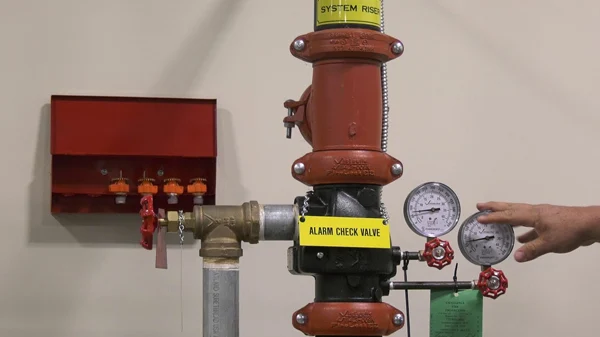
One of the essential parts of an automatic fire sprinkler system is the water control valve. The automatic sprinkler system control valve regulates the flow of water through the system.
If the control valve is closed, water will not be able to flow to the sprinklers. Consequently, the fire sprinkler system will not be able to extinguish a fire properly.
Therefore, it is critical that control valves be kept open at all times. Some people believe control valves should be closed when the building is unoccupied. This could cause problems if a fire were to break out while the building was unoccupied.
If the control valves were closed, the fire would have free reign and likely cause significant damage before the sprinklers could activate. It is much safer to keep the control valves open at all times so that the fire sprinkler system can function properly during a fire.
Why does Fire Sprinkler Valve Lock Need to Maintain?
Because the fire safety sprinkler valve is constantly exposed to water, it is subject to corrosion and mineral buildup. This can eventually lead to the valve becoming stuck in the open position, allowing water to leak or even causing the sprinkler heads to activate prematurely.
For this reason, it is crucial to periodically clean the valve. This will help to ensure that it functions properly in the event of a fire. This is why you should follow our full guides on how to remove the fire sprinkler valve lock that we discussed earlier.
So, next time your fire sprinkler valve needs to be replaced or removed, remember to follow our tips.

